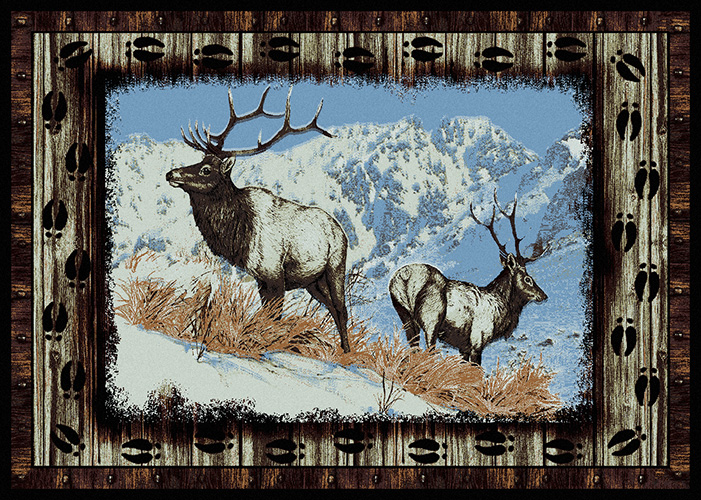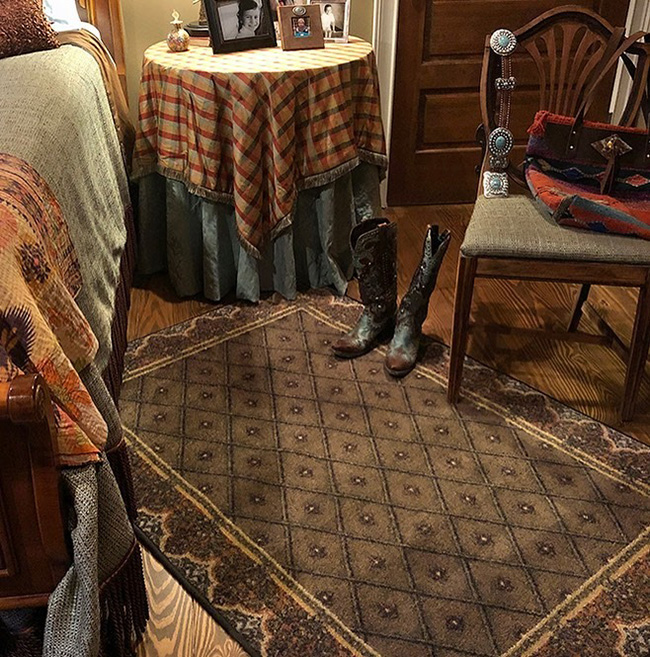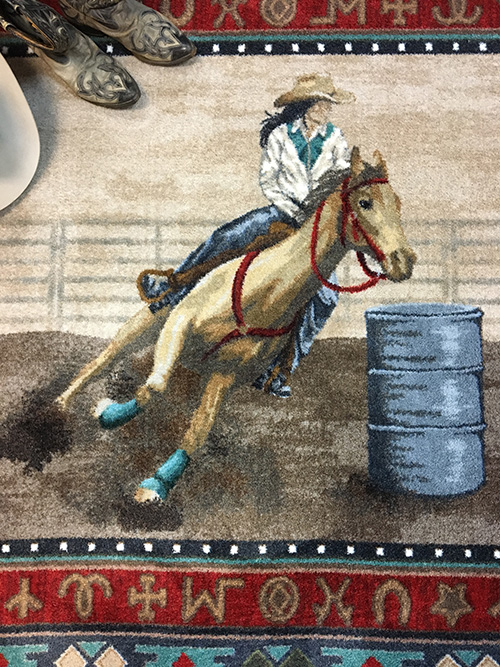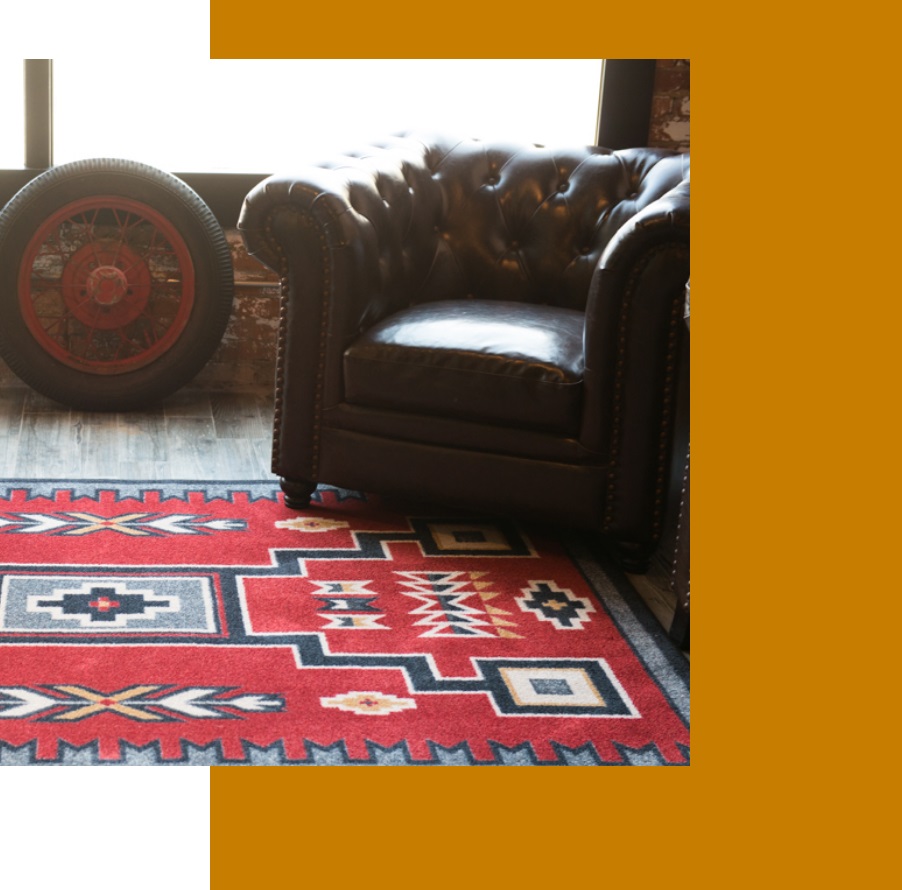half round rugs native american style
The major exceptions to this rule, however, were weavings that portrayed Yeis, or Navajo Holy People, and weavings that recreated sacred ceremonial sand paintings. A small number of weavers made Sand Painting Rugs as early as the 1890s in the area around Two Grey Hills. Most famously, the medicine man Hosteen Klah made a series of sand painting rugs with the help of his mother and nieces between 1919 and 1936. Nevertheless, sand painting rugs were very rare before the 1960s when weavers in the Ganado area began producing them in larger numbers. Although they are not sacred objects in themselves, rugs showing sacred sandpainting images have always been somewhat controversial within the Navajo community, and many weavers still decline to make such representations.



